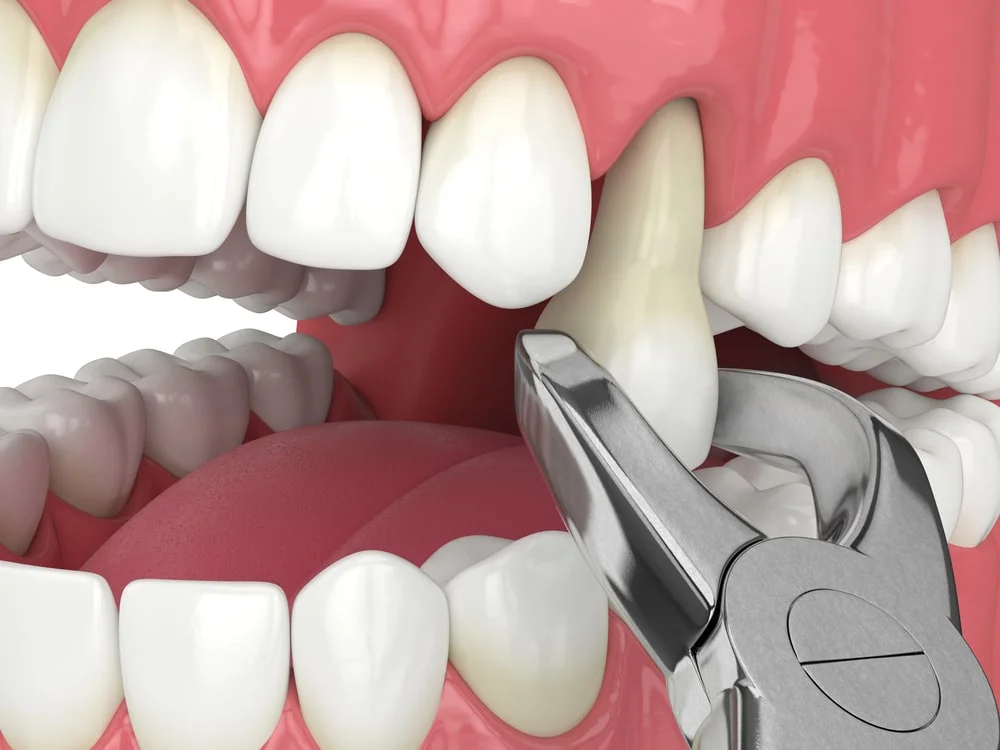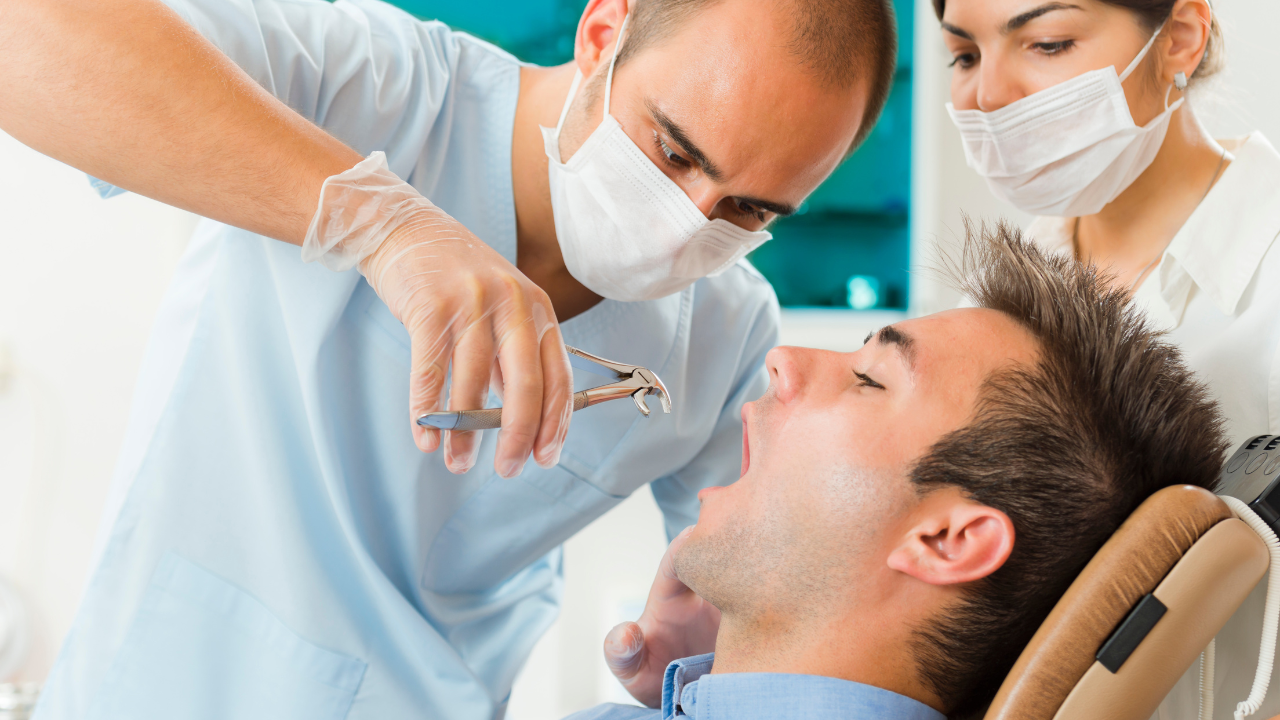
Shopping cart
Subscribe to out newsletter today to receive latest news administrate cost effective for tactical data.
2478 Street City Ohio 90255
- Phone: 77 999 833 29
- Email: info@tinypearls.in
Subscribe to out newsletter today to receive latest news administrate cost effective for tactical data.
2478 Street City Ohio 90255
Tooth extraction is a common dental procedure where a tooth is removed from its socket in the bone. While dentists always aim to preserve natural teeth, there are situations where extraction becomes the best or only option for maintaining overall oral health. The procedure can be simple extraction, where the tooth is visible above the gum line and removed using forceps, or surgical extraction, which is necessary when teeth are impacted, broken, or not easily accessible.
Extractions are usually performed under local anesthesia, ensuring the patient feels no pain during the process. In some cases, sedation or general anesthesia may be used for complex surgeries or anxious patients. After removal, the area heals naturally, and depending on the case, dentists may recommend options like implants, bridges, or dentures to replace the missing tooth.
Far from being something to fear, modern extractions are safe, comfortable, and efficient. With proper aftercare, healing is quick, and patients often experience relief from the pain or discomfort that led to the extraction in the first place.


There are several reasons why a tooth may need to be extracted. These can range from dental disease to trauma or even orthodontic requirements.
When decay extends deep into the tooth and damages the pulp beyond repair, and if a root canal treatment is not possible, extraction may be the only solution. Similarly, a tooth fractured below the gum line often cannot be saved.
Periodontal (gum) disease can weaken the supporting bone and tissues around a tooth. When the tooth loses stability, extraction may be necessary.
Wisdom teeth are the most common impacted teeth. When they fail to erupt properly and cause pain, infection, or damage to neighboring teeth, extraction is advised.
In some orthodontic treatments, one or more teeth are extracted to create space and properly align the remaining teeth.
If an infection cannot be treated with antibiotics or root canal therapy, extraction may be required to prevent the spread of infection.
Accidents that severely damage teeth may leave extraction as the only option if restorative methods are not feasible. Ultimately, extractions are done to protect overall oral health and prevent further complications. While losing a tooth is never ideal, modern dentistry provides many replacement options to restore appearance and function afterward.
Tooth extraction is not the first choice for treatment, but certain warning signs may suggest it is time to consult a dentist about removal.
Signs You May Need an Extraction:
Wisdom Teeth Indicators:
Dentists usually perform X-rays to evaluate the roots, bone structure, and position of the tooth before deciding on extraction. In some cases, preventive removal is suggested, especially for impacted wisdom teeth that may cause future problems.
If you are experiencing any of these symptoms, timely consultation is crucial. Waiting too long may result in infections spreading to nearby teeth, worsening pain, and more complicated surgical procedures.
Tooth extraction is surrounded by fear and misconceptions. Here are some common myths clarified with facts:
Debunking these myths helps patients feel more at ease, knowing that extraction is a safe and effective solution when needed.
Tooth extraction, though sometimes feared, is often the gateway to relief, healing, and better oral health. Whether it’s due to severe decay, gum disease, impacted wisdom teeth, or overcrowding, extraction eliminates pain, prevents infection, and allows space for healthier dental solutions.
Thanks to modern techniques and anesthesia, the procedure is comfortable and straightforward. With proper aftercare and timely tooth replacement, patients regain function and confidence quickly.
If you are experiencing persistent pain or have been advised extraction, remember—it is not the end of your smile, but the beginning of restoring it. Guided by the right dental care, tooth extraction becomes a gentle step toward long-term oral wellness and a healthier, happier you.
